The Ultimate Guide to Hydro Energy: How It Works and Its Benefits
Introduction
Hydro energy is a sustainable form of energy that is produced by the movement of water. It is one of the most ancient and commonly used types of renewable energy, going back to ancient societies. Hydro energy is significant because it is a pure, sustainable energy source that does not emit harmful pollutants or add to climate change. It is also a dependable source of energy, capable of powering homes, companies, and entire towns.
In this essay, we will look at the advantages of water energy and how it is produced. We’ll also look at some of the issues surrounding hydro energy, such as environmental worries and the effect on local populations. Finally, we will look at the future of hydro energy and how it can help us move to a more efficient energy system.
Table of Contents
Understanding Hydro Energy
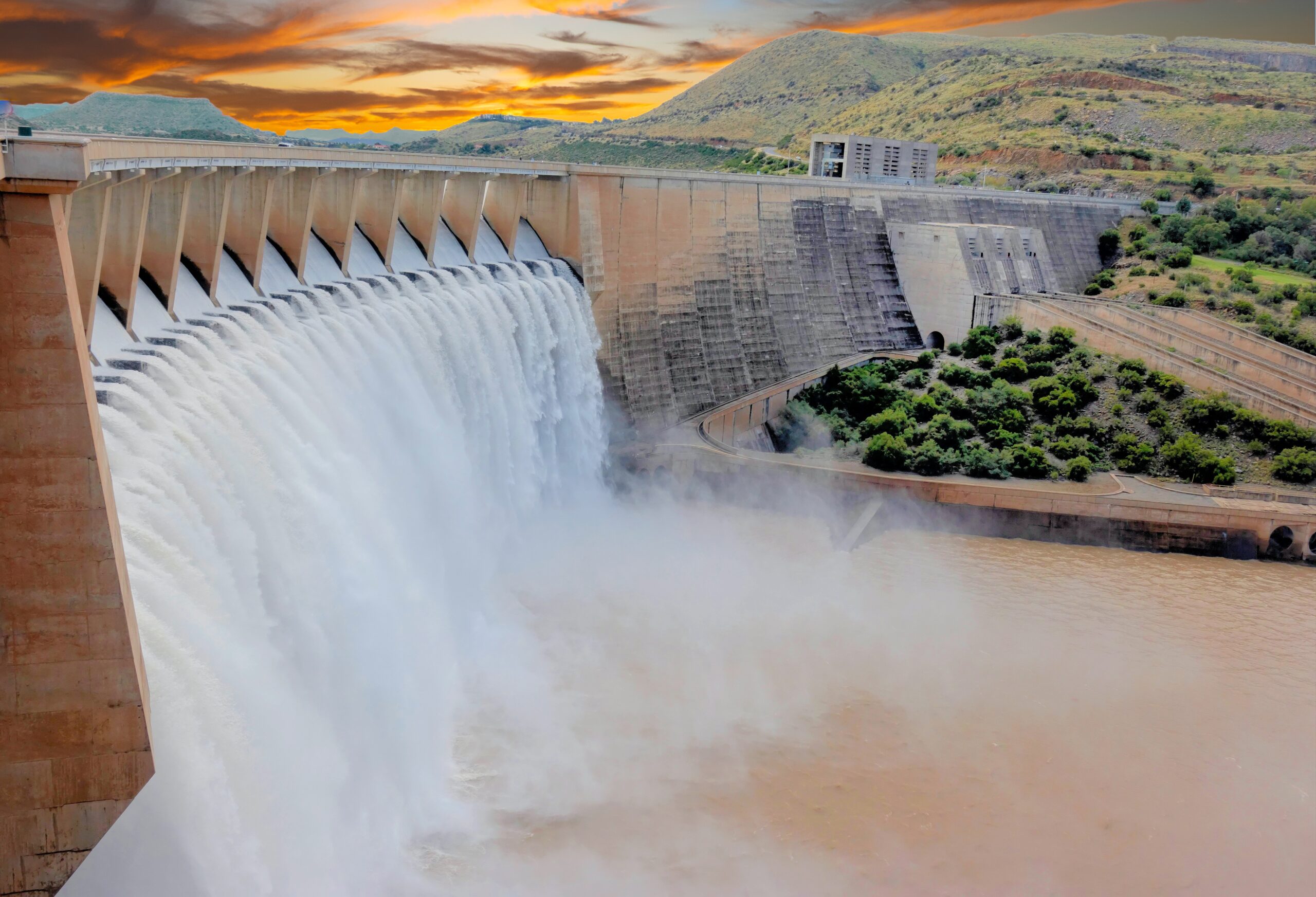
Hydro energy, also known as hydropower, is a sustainable energy source that generates electricity by harnessing the force of moving water. It is a clean, sustainable energy source that has been used for millennia and is gaining popularity as the world tries to decrease its dependence on fossil fuels.
How Does Hydro Energy Work?
Hydro energy generates power by utilizing the kinetic energy of flowing water to spin turbines. This is accomplished by constructing dams or other buildings that regulate water movement, and then channeling that water through turbines. The volume of water moving through the turbines and the height of the dam or building determine the quantity of energy produced.
Hydro Energy System Types
There are various kinds of hydro energy systems, each with its own distinct features and benefits. The most prevalent kinds are as follows:
- Run-of-river: This form of system generates energy by harnessing the natural flow of a waterway. It does not require a dam or pond, and it has a low environmental effect.
- Pumped storage: During times of low demand, water is pumped from a lower reservoir to a higher reservoir, and then released to produce energy during times of high demand.
- Storage: In this method, a dam or pond is built to hold water, which is then released to produce energy as required.
The Benefits and Drawbacks of Hydro Energy
Hydro energy has several benefits over other types of energy, including the following:
- It is a pure, sustainable energy source that emits no greenhouse gases or other pollutants.
- It is dependable and predictable because the water movement can be managed and regulated.
- It can generate revenue for local areas through tourism and leisure.
However, water generated electricity has some drawbacks, including:
- It can have a major environmental effect, especially if big dams are constructed.
- It has the potential to interrupt the normal flow of waterways and harm the habitats of fish and other aquatic species.
- Building and maintaining it can be costly, especially for large-scale undertakings.
To summarize, hydro energy is a valuable and safe energy source with the ability to significantly contribute to fulfilling the world’s energy requirements. However, before constructing hydropower projects, it is critical to thoroughly consider their environmental and social effects.
Benefits of Hydro Energy
Hydro energy is a sustainable form of energy that is produced by the movement of water. It is a clean and sustainable form of energy with numerous environmental, economic, and social advantages. In this essay, we will go over the advantages of hydro electricity in depth.
Environmental Advantages
One of the most important advantages of hydro energy is its beneficial environmental effect. Hydro energy is a non-polluting form of energy that emits no carbon gases. This implies it has no impact on climate change, which is a significant environmental concern. Furthermore, hydro energy needs little ground use, which means it has little effect on the natural ecosystem. Unlike other energy sources such as coal and gasoline, hydro energy does not necessitate the destruction of forests or the relocation of animals.
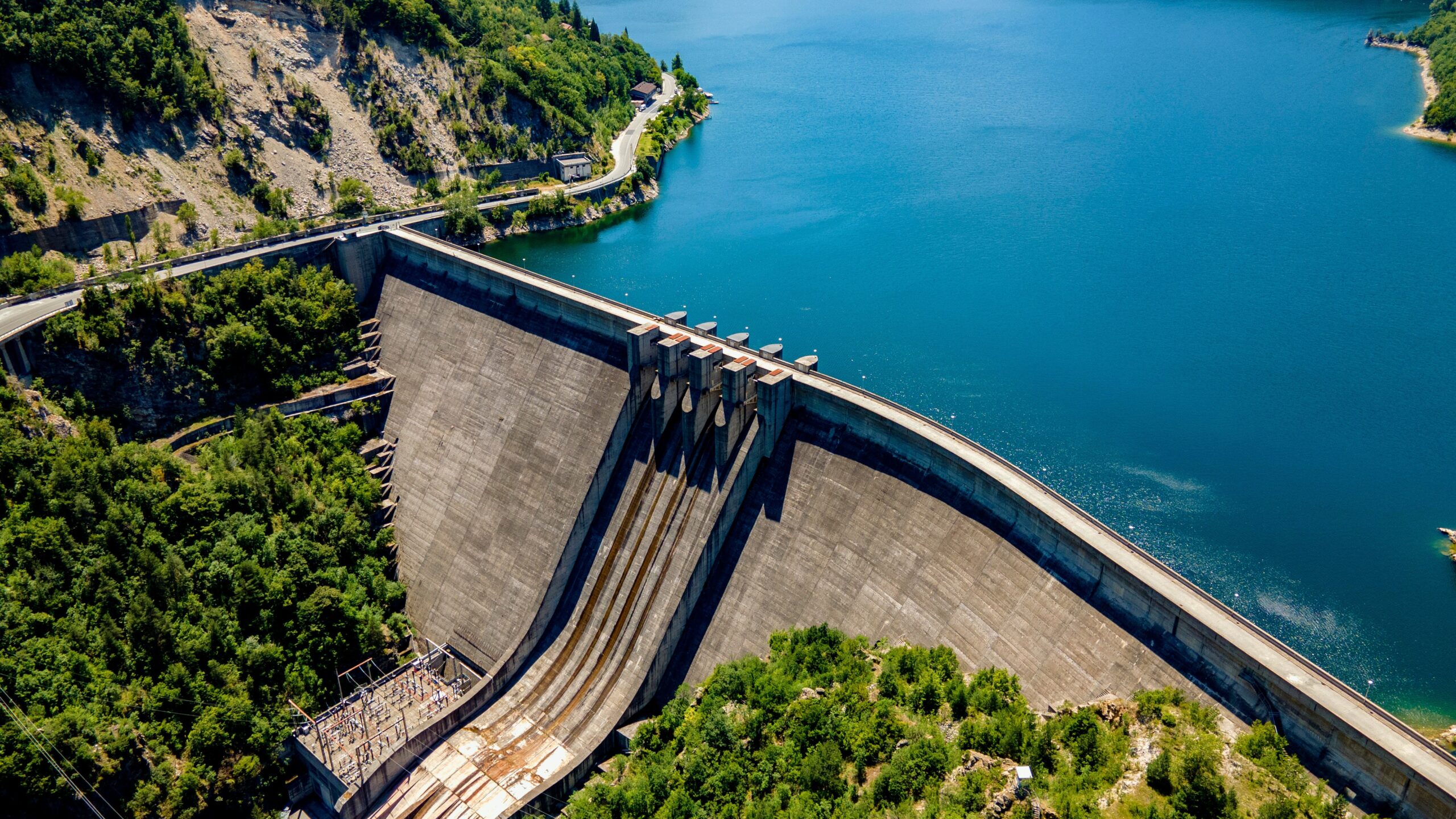
Economic advantages
Hydro electricity has numerous fiscal advantages. Job creation is one of the most important fiscal advantages of hydro energy. The building and maintenance of hydroelectric power facilities necessitate a large quantity of labor, which generates employment in the surrounding towns. Furthermore, water electricity is inexpensive. The expense of generating electricity is comparatively cheap once a hydroelectric power facility is constructed. This means that hydro energy can provide a dependable and cost-effective energy supply for communities and companies.
Social advantages
Hydro electricity has numerous societal advantages as well. Improved access to electricity is one of the most important societal advantages of hydro energy. Access to electricity is limited or non-existent in many areas of the globe. For communities that are not linked to the grid, hydro energy can provide a dependable supply of power. Furthermore, hydro energy has the potential to decrease reliance on natural fuels. Fossil fuels are a limited resource that is becoming more costly and challenging to obtain. Hydro energy is a long-term option to fossil fuels that can help decrease reliance on them.
To summarize, hydro energy is a clean, sustainable, and dependable form of energy with numerous environmental, economic, and societal advantages. Its environmental advantages include lower greenhouse gas pollution and less area use. Job creation and cost-effectiveness are two of its fiscal advantages. Its societal advantages include increased access to energy and decreased reliance on fossil fuels. As we confront new environmental and fiscal issues, hydro energy will become more essential in fulfilling our energy requirements.
Hydro Energy All Over the World
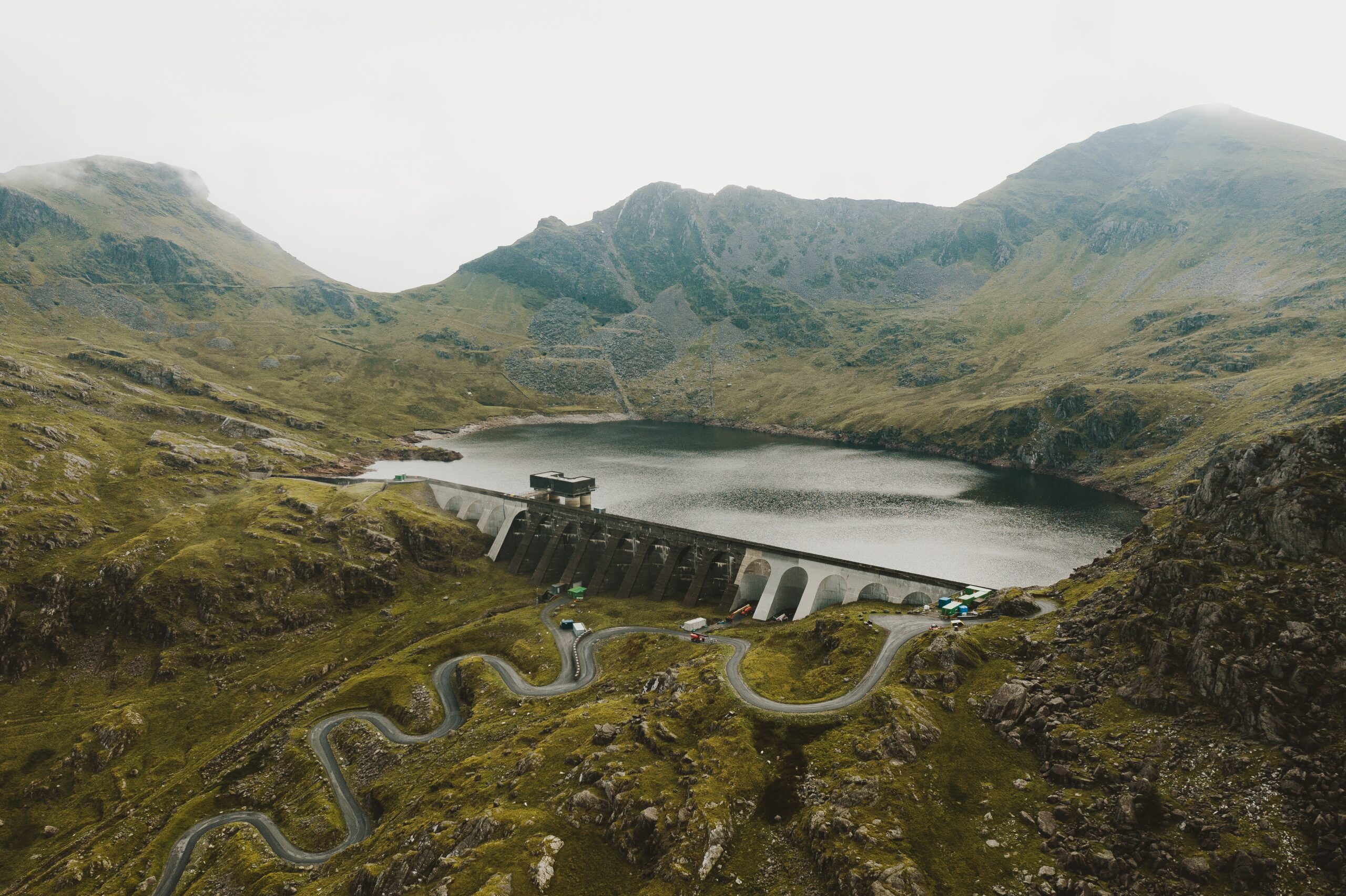
Hydro energy, also known as hydropower, is a sustainable energy source that generates electricity by harnessing the force of moving water. With a worldwide total capacity of over 1,300 GW, it is one of the earliest and most commonly used types of green energy. We will provide an overview of worldwide hydro energy production, highlight the leading nations in hydro energy production, and show case studies of successful hydro energy initiatives in this piece.
Global Hydro Energy Production Overview
Hydro energy makes for roughly 16% of global electricity production, making it the most important renewable energy source. The vast majority of hydro energy is generated in large-scale hydroelectric power facilities, which use dams to hold water and generators to create electricity. Smaller-scale hydro energy initiatives, such as run-of-river hydroelectricity, do not require dams and can be used in remote regions.
Leading Hydro Energy Producing Countries
With over 350 GW of total capacity, China is the world’s biggest provider of hydro electricity. Brazil, Canada, the United States, and Russia are also among the top five. Norway and Sweden are the biggest providers of hydro energy in Europe, while Ethiopia and the Democratic Republic of the Congo have considerable hydro energy potential in Africa.
Successful Hydro Energy Project Case Studies
The Three Gorges Dam in China, the world’s biggest hydroelectric power facility with a total capacity of 22.5 GW, is one effective hydro energy endeavor. The dam has reduced China’s dependence on coal-fired power plants while also providing energy to millions of people.
The Itaipu Dam, situated on the border between Brazil and Paraguay, is another successful endeavor. With a capacity of 14 GW, it is the world’s second-largest hydropower power facility. The dam has reduced greenhouse gas pollution while also supplying energy to both Brazil and Paraguay.
The La Romaine hydroelectric facility in Canada is an example of effective run-of-river hydroelectricity. The compound comprises of four hydroelectric power facilities totaling 1.6 GW in operational capacity. It has served to decrease Canada’s dependence on fossil fuels and has supplied energy to Quebec.
To summarize, hydro energy is a major source of sustainable energy worldwide, with numerous effective initiatives in different nations. As the world continues to move toward a low-carbon economy, hydro energy will play an essential role in meeting rising power demand while lowering greenhouse gas emissions.
Challenges and Future of Hydro Energy
Hydro energy has been used for millennia as a sustainable energy source. It is produced by the movement of water, which is then used to create energy. Despite its numerous advantages, hydro energy confronts a number of challenges that must be addressed in order to guarantee its long-term viability.
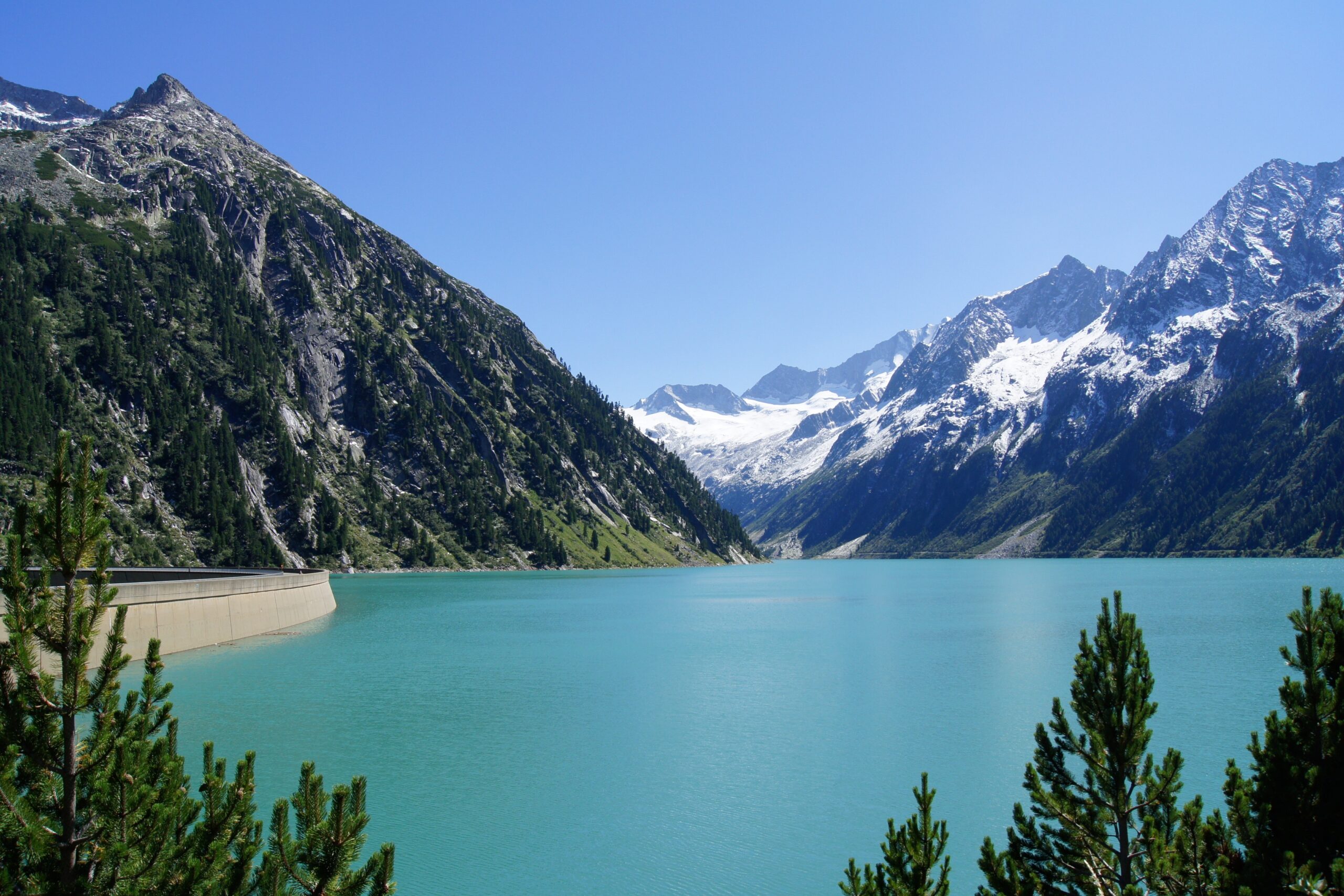
Environmental issues are one of the most significant obstacles confronting hydro energy. Dams and reservoirs can have a major environmental effect, including the displacement of animals and the alteration of natural ecosystems. Furthermore, the use of water for hydro energy can have an impact on downstream ecosystems, resulting in shifts in water quality and amount.
Another issue is the scarcity of appropriate hydro energy sites. Many of the finest hydro energy locations have already been developed, leaving few opportunities for new initiatives. This means that the potential for hydro energy development is restricted, and new technologies are required to maximize the use of current locations.
Despite these obstacles, several advances in hydro energy technology have increased its effectiveness and sustainability. New turbine designs, for example, have increased the amount of energy that can be produced from a particular quantity of water. Furthermore, the use of pumped storage devices has enabled more effective energy storage, which can aid in balancing the intermittent nature of renewable energy sources.
Hydro energy is expected to play an essential part in the transition to a low-carbon economy in the future. As nations around the globe strive to decrease greenhouse gas pollution, hydro energy will be an important component of the sustainable energy balance. However, in order to guarantee its long-term viability, it will be necessary to handle the challenges that hydro energy faces and to continue to develop in the field. This will necessitate collaboration among governments, business, and academics to create new technologies and policies that promote hydro energy development.
Conclusion
In conclusion, hydro energy has demonstrated to be a dependable and viable form of energy capable of meeting the world’s increasing energy needs. Hydro energy has numerous advantages, including a minimal carbon impact, cost-effectiveness, and the ability to provide energy storage and grid security.
Hydro energy has the ability to significantly contribute to the transition to a low-carbon economy and the battle against climate change. Despite its potential, hydro energy has gotten less funding and focus than other renewable energy sources such as wind and solar.
As a result, increasing investment in hydro energy is critical if we are to completely achieve its promise. Governments, companies, and people must collaborate to support the creation of new hydroelectric projects as well as the upgrading of current ones.
We can build a more sustainable and secure energy future for ourselves and future families by engaging in hydro energy. Let us move now to harness the force of water and fully realize the promise of hydro energy.

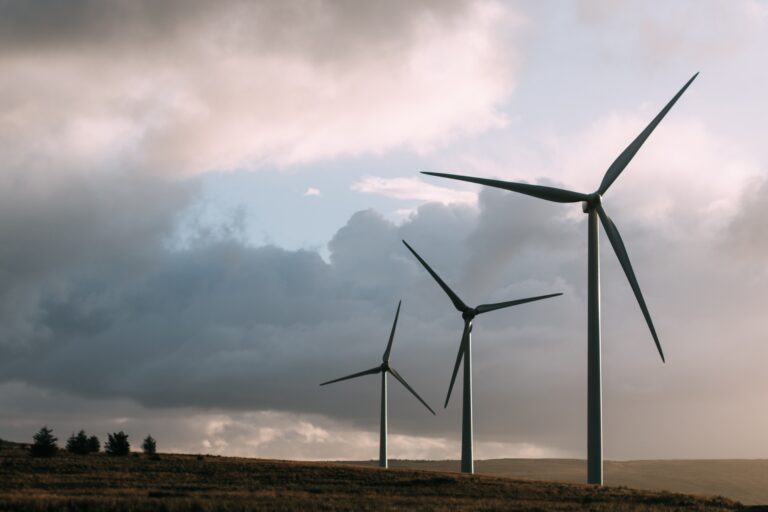

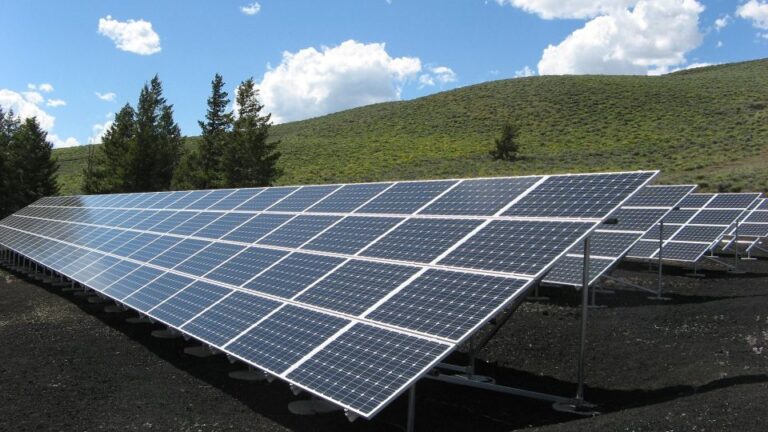
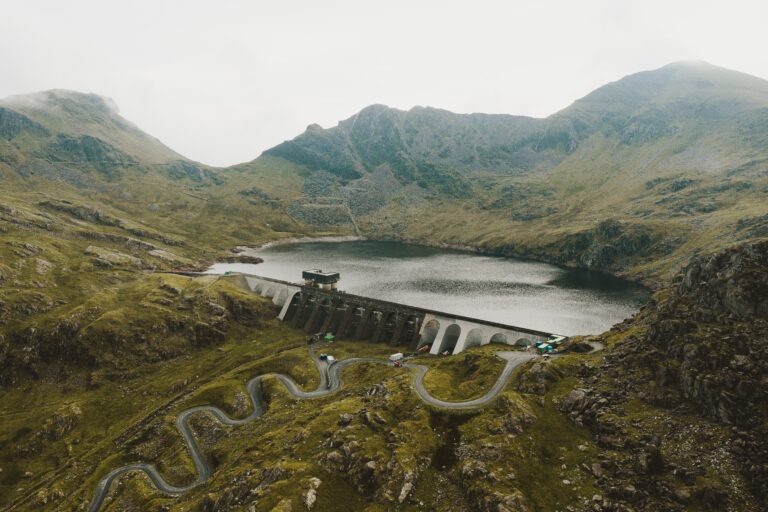
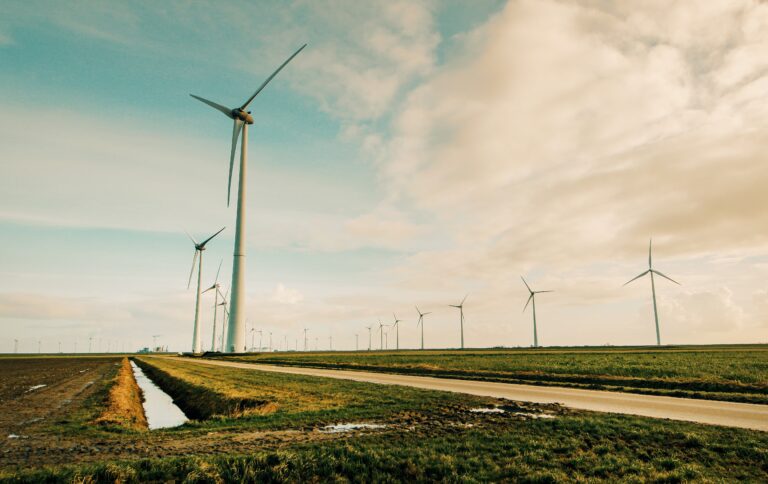
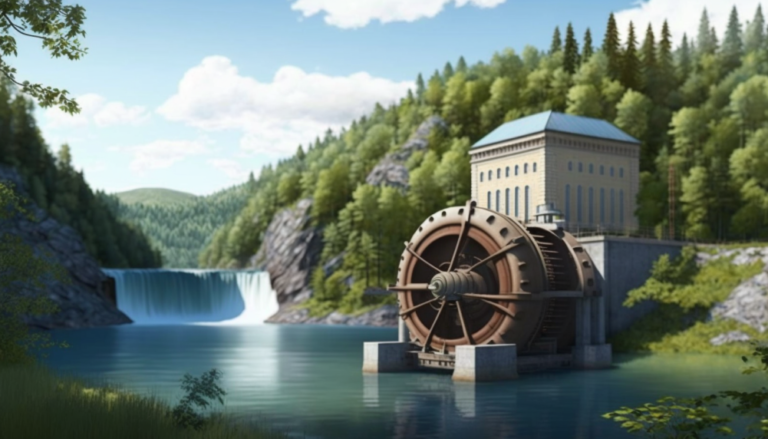
2 Comments